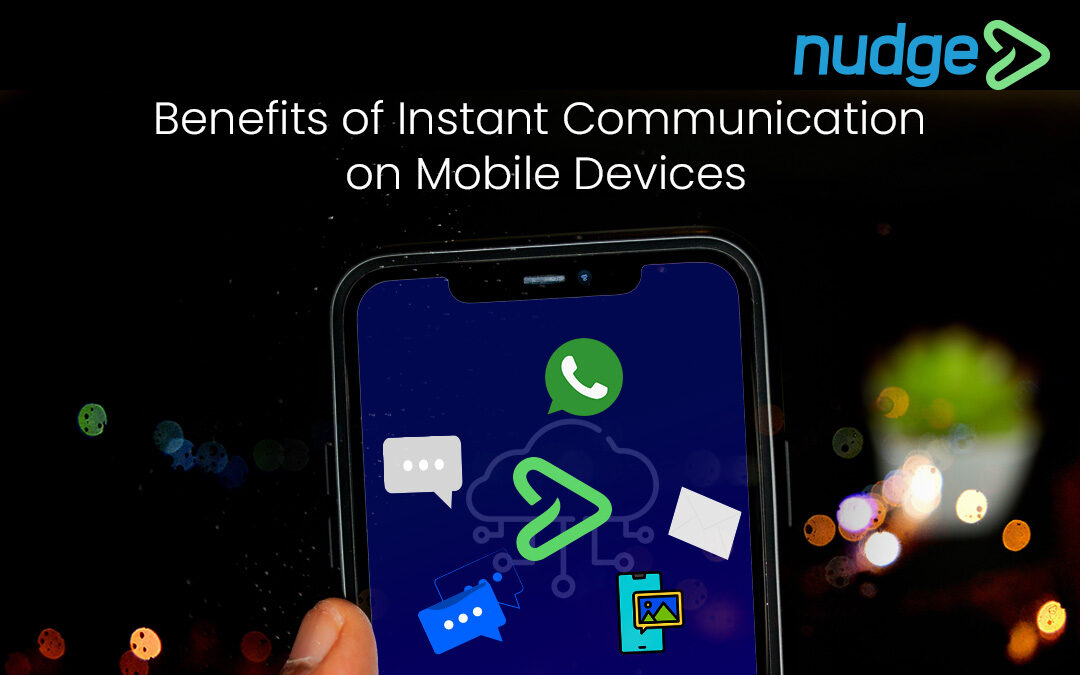-
Utility customers face trouble with resolving their queries, bill payments, and other service requests through traditional phone calls or in-person interactions.
-
The utility industry is working hard to go digital and come up with apps that can automate their communication with customers.
-
It means that by using such apps, your customers can pay bills at their convenience, automate the payment, or set up other service requests without making a phone call with a long waiting time.
Waiting on hold to make your utility payment while your kid is getting ready for a soccer practice can be utterly annoying. For all those who undergo this situation, it’s a sigh of relief to know that the utility industry is working hard to go digital and come out with apps that can automate their communication with you—seamlessly!
For utility companies, it simply means that by using such apps, your customers can pay bills at their convenience, automate the payment, or set up other service requests without making a phone call. This empowers your customers with choices as to when and how to communicate, reducing their frustration and increasing their satisfaction.
With all sorted from customer’s end, one thing that’s crucial is your mobile app must be bidirectional. It implies that users should be able to provide information and communicate as well as get updates from you. It can especially help in cases of emergency like a power outage or natural disaster. They will feel less stressed and be kept informed all the time, even at odd hours if urgent.
It’s no surprise that modern consumers demand convenience and security when it comes to bill payments.
Utility providers have begun creating mobile apps that let their consumers pay their bills on a phone or tablet with only a few taps. These apps frequently give users the option to monitor account usage and history as well as any notifications (like when a bill is due). Additionally, they can notify the customer about any deals or reductions the power business may be offering. Some even provide customers a discount on their subsequent bill or reward points for installing the app.
Even if these apps aren’t exactly cutting-edge, they do give consumers who might not be as tech-savvy as others, a simple method to manage their accounts without needing to be computer or internet literate.
Utility providers can communicate with their clients directly through mobile apps rather than just mailings or in-person interactions. They can also be used to inform subscribers of critical updates, such as when an accident has resulted in localized power outages or water shortages. This is particularly helpful for people with disabilities who might require extra help at these times.
Mobile devices have emerged as the best instruments today for connecting with clients and customers at the critical moment (e.g., during power outages).
Benefits of instant communication on mobile devices
Wide reach with SMS: Businesses are well acquainted with the use of bulk SMS because of its high availability, low cost, and broad reach among the smartphone users as well as basic or non-smartphones. This system uses a GSM to send short messages over a mobile network.
MMS: A protocol called Multimedia Messaging Service (MMS) is used to transfer multimedia over mobile networks. Through their mobile apps, utility businesses can communicate photos, audio snippets, video clips, and other types of media using MMS. It costs a little more than SMS as it necessitates a more intricate network.
Voice Communication: One can communicate through voice over an IP system, such as the internet or a local area network, or VoIP (LAN). It is frequently utilized with programs that enable voice messaging on mobile devices. The ability to use VoIP in combination with other applications to pass information to the customers is its key benefit for the utility businesses.
WhatsApp: This one medium is nailing it when it comes down to reaching your customers in real-time allowing bidirectional communication. Texts, videos, and images-just send anything, anytime to your customers. Utilities can also use this platform to send payment links and collect payments instantly.
A cloud-based, omni-channel communication platform like Nudge can help you get closer to your customers through all these popular channels and create a more effective customer experience.
Final Words
If your aspirations are to make it big and scale in the utility industry, then don’t look any further than going digital with mobile apps.
Mobile apps are the best option to communicate with your customers where they are and nurture the customer relationship in customer’s preferred manner. The customers are also expecting their favorite brands to offer the convenience of mobile app to seek services, buy products, raise a request, or get timely notifications. In the utility industry, more than 75% of the customers prefer to use mobile apps over websites for any kind of information or updates.
So, if you are still willing to retain all your customers and offer them what they want, there is no better time than now to go for a mobile app for your business.
Tilli Software can offer you the best customer communication, bill presentment, and payment solutions that have already witnessed huge success in the utility industry with clients of all sizes.
SOLUTIONS
INDUSTRIES
Finance
Banking
Utilities
Telecommunications
Gaming
And more...



